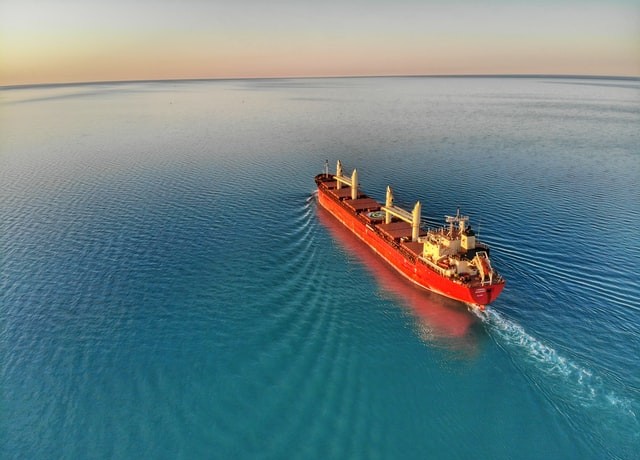Many companies now ship products all over the world. However, it’s not always the easiest of processes. In fact, if you want to avoid headaches, you really need to know what you’re doing.
In this post, we run through some advice for companies looking to expand their markets to overseas customers. Here’s what you need to know:
Trial Different Shipping Methods Until You Find The Best Option For Your Customers
When you first start shipping overseas, don’t assume that any one particular method is any better than any other. Instead, trial a range of options and then wait to see which offers the best value of price, customer service, and reliability. Many companies that send parcels long-distance are surprised to discover that airmail is actually the best option. Even though customers pay a little extra, they are often willing to do so to get their products sooner.
Document Everything
Getting products past customs can be seriously annoying. Many countries have arbitrary limits on what consumers are, and are not, allowed to bring into the country. In some cases, whole classes of goods are outlawed, while in others, you can’t bring in more than the specified weight limit.
Make sure that you accurately measure the contents of all items that you send via international mail. Customs can be annoyingly strict about discrepancies, and punish your customers as a result. Always provide an accurate bill of lading, commercial invoice, and other documents to prevent unnecessary delays and irritated customers.
Carefully Pack Your Shipments
If you are posting goods internationally, they may have to contend with more knocks and bumps than those you are sending domestically. Therefore, make sure that you pack them optimally to avoid damage, using plenty of padding.
Start by researching the proper type of packaging for the freight you want to send. Options include cardboard boxes, crates, pallets, and bags. Then look at the most efficient and safest way to transport goods. Will the pressure and temperature in the hold of a plane be suitable, or would it be better to transport them on a boat?
Consider Working With A Shipping Insurance Provider
Insurance is more expensive for international shipments because of the added risk of cargo being damaged or destroyed. Therefore, you may have to pay higher premiums than you do if you go locally.
When looking for insurance, be sure to shop around. Take your time to find the best deals and speak with your carriers about whether they offer discounts for bulk shipments. Look for providers that have experience with cross-border freight, ocean freight, and international air freight. Only go with a specialist if you plan on using a single type of freight for international deliveries.
Label Your Items
Depending on the contents, you may need to apply GHS labels to your shipments to ensure that they remain compliant with local and international laws. If in doubt, always apply a label. This way, goods can come into the country faster and won’t be sent back at high cost.
Be Vigilant When It Comes To Hidden Costs
Hidden costs are a major factor that increases the price of sending goods internationally. In fact, there are many costs that you simply won’t encounter if you are used to shipping domestically.
The trick here is to understand the international shipping process upfront. Always talk with your shipping team about the duties and excises that you or your customers may have to pay. Warn buyers in advance that they may be subject to fees.
Also, ensure that you have all the documentation you require in hand first. You may have to pay customs examination fees and penalties if you do not produce all the required documents upfront.
Get Accurate Shipping Quotes
Shipping providers should be able to tell you precisely how much shipping a given volume of goods will cost in advance. Most have standardised prices based on volume and weight.
Spend some time exploring the prices offered by different vendors. Try to work out which offers the better deal by considering the size, weight and shape of the goods you want to transport.
Upon receiving a quote, check for accuracy. Reject shippers who quote generic prices or rounded figures. Get them to provide you with a detailed breakdown of where your money is going and what you are paying for. Then compare quotes from multiple providers to see who is really offering you value for money. Ignore short-term discounts designed to entice you. These are usually a way of concealing higher, long-term costs.






